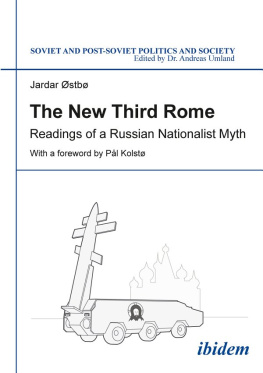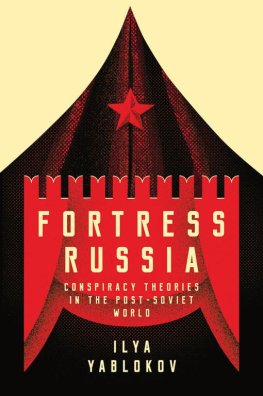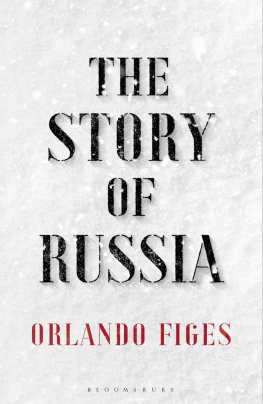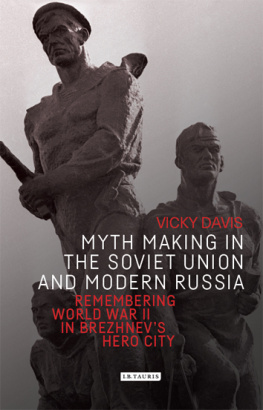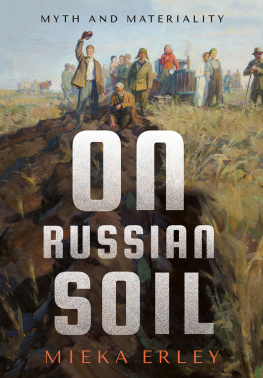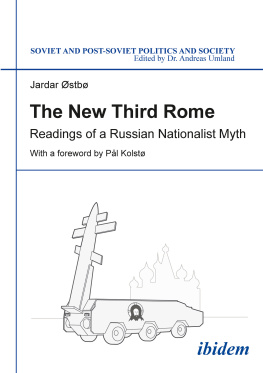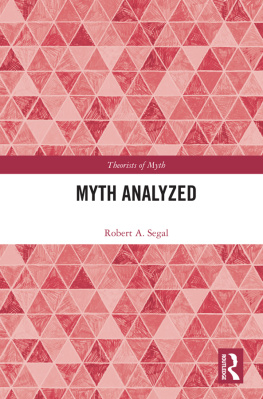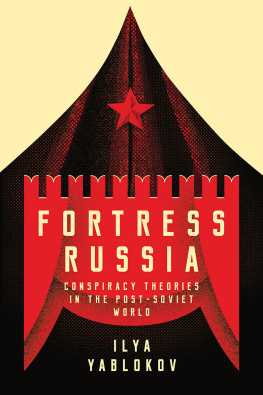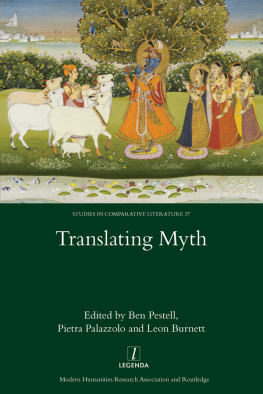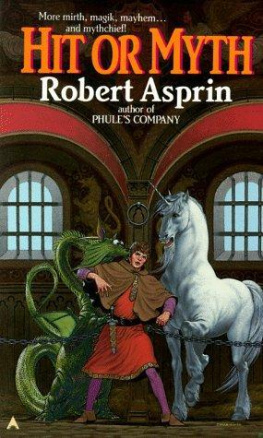Acknowledgments
T his book could not have been completed without the help of oth ers . First of all, I am deeply indebted to my two PhD supervisors, Jostein Brtnes and Pl Kolst. Without their support, enthusiasm and constructive commentaries from the very outset, it would not have been possible to start work on the project in the first place. Their critical readings of my manuscripts and continuous engage ment at all stages have been crucial. I am particularly pleased that Pl Kolst, who sparked my interest in the field when I was an un dergraduate student in the 1990s, has kindly agreed to write the foreword.
I would like to thank the Faculty of Humanities, University of Bergen , for granting me a three-year fellowship and thus providing ideal conditions for conduct ing research. I am also grateful to my current workplace , the Department of Literature, Area Studies and European Languages (ILOS) at the University of Oslo , with project coordinator Geir Flikke , for making it possible for me to prepare and update the manuscript for book publication.
Special than ks go to Yngvar B . Steinholt for useful and con structive commentaries on the first version of the project outline.
As a n otherwise independent PhD student , I had the great advantage of participating in the research project The Borders of Europe , headed by Lillian Helle, Helge Vidar Holm, Sissel Lgreid and Torgeir Skorgen . Early versions of C hapters 4 and 6 of this book were presented at the project s international workshops in St Petersbur g (June 2008) and Athens (April 2009), respectively. I am grateful to all participants for enlightening discussions and for providing a stimulating and encouraging milieu.
I have also reaped the benefits of two international research projects at the University of Bergen : Landslide of the Norm: Lin guistic Liberalization and Literary Development in Russia in the 1920s and 1990s (2005 2008) and The Future of Russian: Lan guage Culture in the Era of New Technology (2009 ) . While thematically not directly related to my work, these projects have, thanks to seminars, guest lectures and other events , given me the opportunity to discuss aspects of my project with prominent re searchers in various field s of Russian studies. I t has been inspiring to participate in the activities of these projects, and I am deeply in debted to their leader, Ingunn Lunde, for her enthusiasm and wel coming attitude from the outset.
I would like to thank Dmitrii Sidorov for his keen interest in my project and for fruitful discussions during my visit to Moscow.
I am grateful to Andrzej de Lazari at the University of d for help and support during my stay in Warsaw.
I would also like to thank my Bergen colleagues in general and in the Russian section in particular for making the department a pleasant place to work . Special thanks go to my fellow PhD stu dent s Alexander Berdichevsky, Kre Johan Mjr and Martin Paulsen , and to research fellows Ellen Rutten and Vera Zvereva, with whom I have been sharing an office, for interesting discus sions and companionship.
I am grateful to Kyrill Dissanayake for copyediting of the first version of the manuscript and to Susan Hivik for a final language check. Any r emaining errors and omissions are, of course, my own.
Last, but by no means least: w ith out the love and support from my wife , Anna , and my parents , Anne Sofie and Johannes, this project c ould not have been completed. I dedicate this book to my children Stanis aw and Maja .
On Transliteration, Translation s , R eferences and Sources
All translations of quotations from Russian sources are my own, unless otherwise noted. For transliteration from Cyrillic, I have used a slightly modified version of the Library of Congress stand ard . Exceptions are not made for personal names (El tsin, not Yelt sin). On the other hand, n ames of Russian scholars publishing mainly in a foreign language , whether migr or not, have been rendered in the most common way (Alexander Yanov, not Ale ksandr Ianov). I have made an exception for topo graphic names with a commonly accepted English version (Moscow) and for Tsar Peter (not Petr) the Great. However, certain inconsistencies have prove n unavoidable, and I apologize for any irritation this might cause.
Many of the sources for this study can be found on the Inter net. For l engthy articles with only one URL, I have, instead of ma k ing unspecified references ( e .g. Kholmogorov, 2005e ) , chosen to refer to the page. As text sizes may differ, I also supply the total number of pages: Kholmogorov, 2005e, p. 3/10 means that the information in question is found on page if the printed article amounts to te n pages. For C hapter 5 , wh ere the source material consists largely of books (often collections of articles) with an intri cate system of cross-referenc ing , I refer to the paragraph headline, and, if possible, to its URL. For websites with unknown year of publication, I give the year in which I accessed the site in square brackets (e.g. Danilevskii, [2009].
I employ a footnote- author-date reference system ( e .g. Kholmogorov, 2005, p. 5 ). Offering short version s of title s would be likely to create confusion, as s everal have dece ptively similar ti tles. Naro chnitskaia has written both Russia and the Russians in World History and Russia and the Russians in the Contemporary World . Likewise, the words Ostrov Rossiia are part of the title of two articles and one book by Tsymburskii, as well as of an inter view with him and several articles about him. Furthermore, Dugin s works exist in several versions. Supplying the year of pub lication and refer ring to the bibliography is therefore, in my opin ion, the best way of ensuring clarity . For sources with no known authors, I give the entire entry from the bibliography in the first reference, and then the entire title in later mentions .
The four authors analysed in this study have all been affili ated with a multitude of organizations of various sorts , sometimes with strikingly similar names . As a rule, I have translated these names. For less - known entities , the Russian name is given in a footnote . Where the Russian name or acronym is familiar (e.g. KGB) , translation is of course superfluous.
An earlier version of C
Authors preface
This book is an updated version of my PhD dissertation, which I started writi ng in 2008 , submitted in May 2011 and successfully defended at the University of Ber gen, Norway, on 2 December 2011 . As the work has progressed, t he affiliations of the authors I analy se and the conditions under which they work have kept changing. T he potential source material has also kept expanding , as the se authors have continued publishing . Even the authorship of Vadim Tsymburskii, who died in 2009 , continues to grow, as his influential supporters sponsor and direct the publication of his handwritten manuscripts. For both formal and practical reasons, I limited t he s ource material for the analysis to texts published by 2009. For the purpose of the present book, the authors biog raphies have been updated as of October 2015, and other contex tual information has also been revised.
The landscape of Russian intellectu al nationalism has cer tainly evolved , but Vadim Tsymburskii, Aleksandr Dugin, Nataliia Narochnitskaia and Egor Kholmogorov remain important authors. T heir access to mainstream media has at times been wider and their general influence has arguably risen ,
T he works of Tsymburskii, Dugin, Narochnitskaia and Kholmogorov have expanded, but their deeper convictions and vi sions f or Russia remain the same in all significant aspects , and t heir versions of the myth of the Third Rome took shape during the period in question. I am therefore confident that th is book in its present form has kept its relevance .

